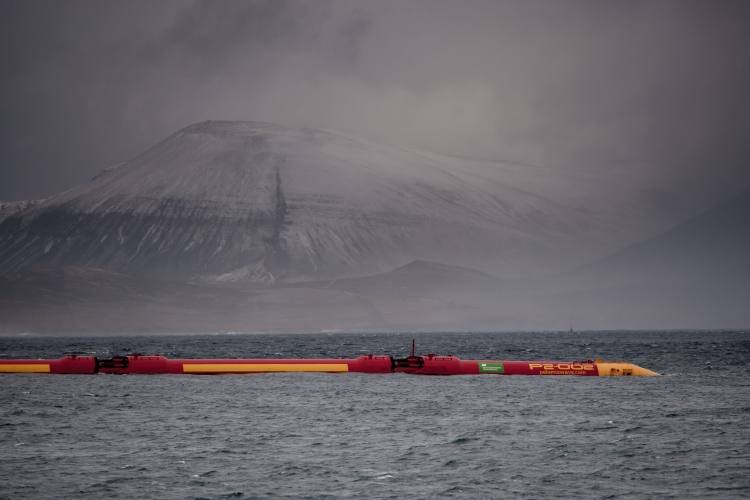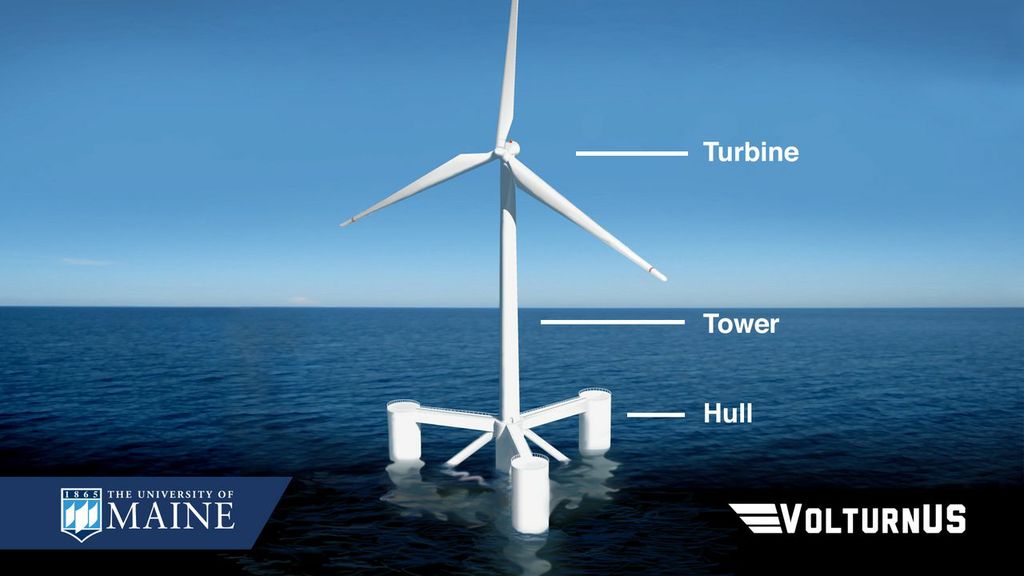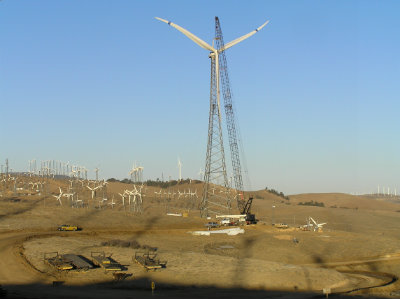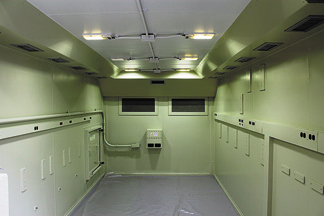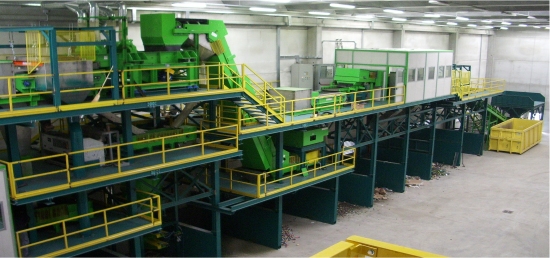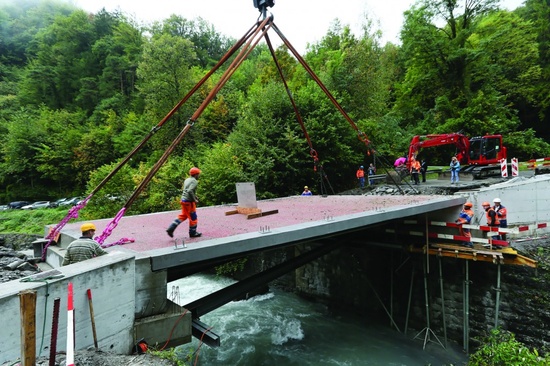The ScottishPower Renewables (SPR) owned Pelamis P2 wave energy converter has this week completed its first year of a robust testing programme at the European Marine Energy Centre (EMEC) in Orkney.
The combined P2 test programme has now accumulated 7500 grid connected operating hours, and exported 160MWh of electricity to the national grid. These are encouraging figures for this stage of the testing programme and it is anticipated that generated powers will continue to rise as the programme develops. These P2 operating hours bring the cumulative total for Pelamis technology up to over 10,000 grid connected operating hours, demonstrating both the extensive experience of the Pelamis team and the wealth of learning delivered by the P2 testing programme specifically.
Following its first installation in May 2012 alongside the E.ON owned Pelamis P2 machine at the Billia Croo test site, the machine has been undergoing a progressive work-up testing programme, being exposed to increasingly large wave conditions for longer deployment periods. An accelerated form of the work-up programme was made possible thanks to the wealth of learning accumulated since the beginning of the E.ON Pelamis P2 demonstration programme in October 2010, and the resulting confidence of both the customer and Pelamis operation teams in this testing approach.
As a result of this accelerated testing strategy, the SPR owned Pelamis P2 wave energy converter was able to generate twice the amount of electricity in half the elapsed calendar time, during its initial test parameters of small to medium seas. In deployments since then, the SPR Pelamis machine has experienced larger seas with significant wave heights of up to 5mHs, including individual waves of over 9m. Electricity generation has increased as anticipated in these larger, more energetic seas.
The proven average output capability of the device, over the annual spectrum of wave conditions at the EMEC site, is now close to 100kW. Demonstrations of further improvements are anticipated through control optimisation which could double that number as targeted for the next stage of the project.
The machines have now experienced around 90% of sea state occurrences for an average year, allowing the Pelamis team to quantify the performance and electricity output of the P2 machines and gain insight into the factors influencing this. This broad range of data from real sea testing is invaluable for the on-going development of the technology, allowing focused design and innovation for future enhancements of the Pelamis machine. These enhancements are vital to ensure that the costs of generating electricity from wave power continue to fall, in order to become cost competitive with other sources of offshore renewable energy. This is an important direction for Pelamis to take as an industry leader. Announced in February, Pelamis is working on a project commissioned and funded by the Energy Technologies Institute investigating a multitude of opportunities for performance enhancement and rapid reduction in cost of energy.
Derrik Robb, Operations Director at Pelamis Wave Power, said: “The results achieved during this testing programme are testament to how far we have progressed, working collaboratively with our customers. The wealth of knowledge and data collected to date has been instrumental in reinforcing our technical understanding of the Pelamis and its control systems and we continue to apply key learning points from one machine to the other, thus reducing time spent addressing first-of-type issues.”
Alan Mortimer, Head of Innovation at ScottishPower Renewables, said: “The past year at EMEC has been an invaluable learning experience for SPR, E.ON and Pelamis. The collaboration has worked well and all parties have benefited from sharing of information, risks and innovation.
“The creation of the Operations Team and Health & Safety Systems has been a substantial effort this year and now provides the basis for us to explore the performance potential of the P2 machine. The output of the device is steadily increasing as experience is gained and as the controller is fine-tuned for maximum energy extraction. We anticipate further significant improvements over the next 12 months, with the remainder of the test plan focused on optimising the power produced in the full range of sea-states in order to progress the technology towards commercially-viable status.”
Pelamis’ patented ‘plug & play’ system for the safe and rapid installation and removal of the machines in water has proved its strength and allowed for the towing and installation to be routinely conducted in wave heights of up to 2.5 metres as well as in darkness. This unique feature of the Pelamis P2 machine greatly expands the opportunities for operations and safe intervention, as it allows for flexible, round-the-clock operations, which is particularly important in the waters to the north of Scotland and over the winter months. The two Pelamis machines have been deployed in tandem during winter.

